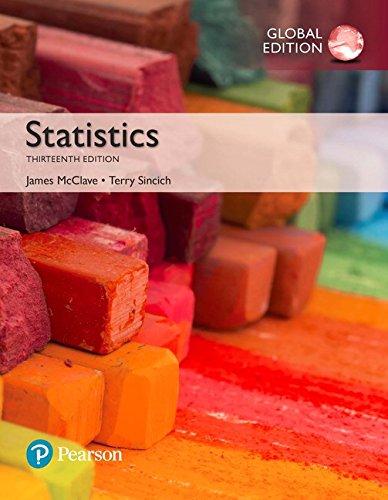Electric wheelchairs are difficult to maneuver for many disabled people. In a paper presented at the 1st
Question:
Electric wheelchairs are difficult to maneuver for many disabled people. In a paper presented at the 1st International Workshop on Advances in Service Robotics (Mar.
2003), researchers applied Bayes’s rule to evaluate an “intelligent” robotic controller that aims to capture the intent of a wheelchair user and aid in navigation. Consider the following scenario. From a certain location in a room, a wheelchair user will either (1)
turn sharply to the left and navigate through a door, (2) proceed straight to the other side of the room, or (3) turn slightly right and stop at a table. Denote these three events as D
(for door), S (Straight), and T (for table). Based on previous trips, P1D2 = .5, P1S2 = .2, and P1T2 = .3. The wheelchair is installed with a robot-controlled joystick. When the user intends to go through the door, she points the joystick straight 30% of the time;
when the user intends to go straight, she points the joystick straight 40% of the time; and, when the user intends to go to the table, she points the joystick straight 5% of the time. If the wheelchair user points the joystick straight, what is her most likely destination?
Step by Step Answer:






